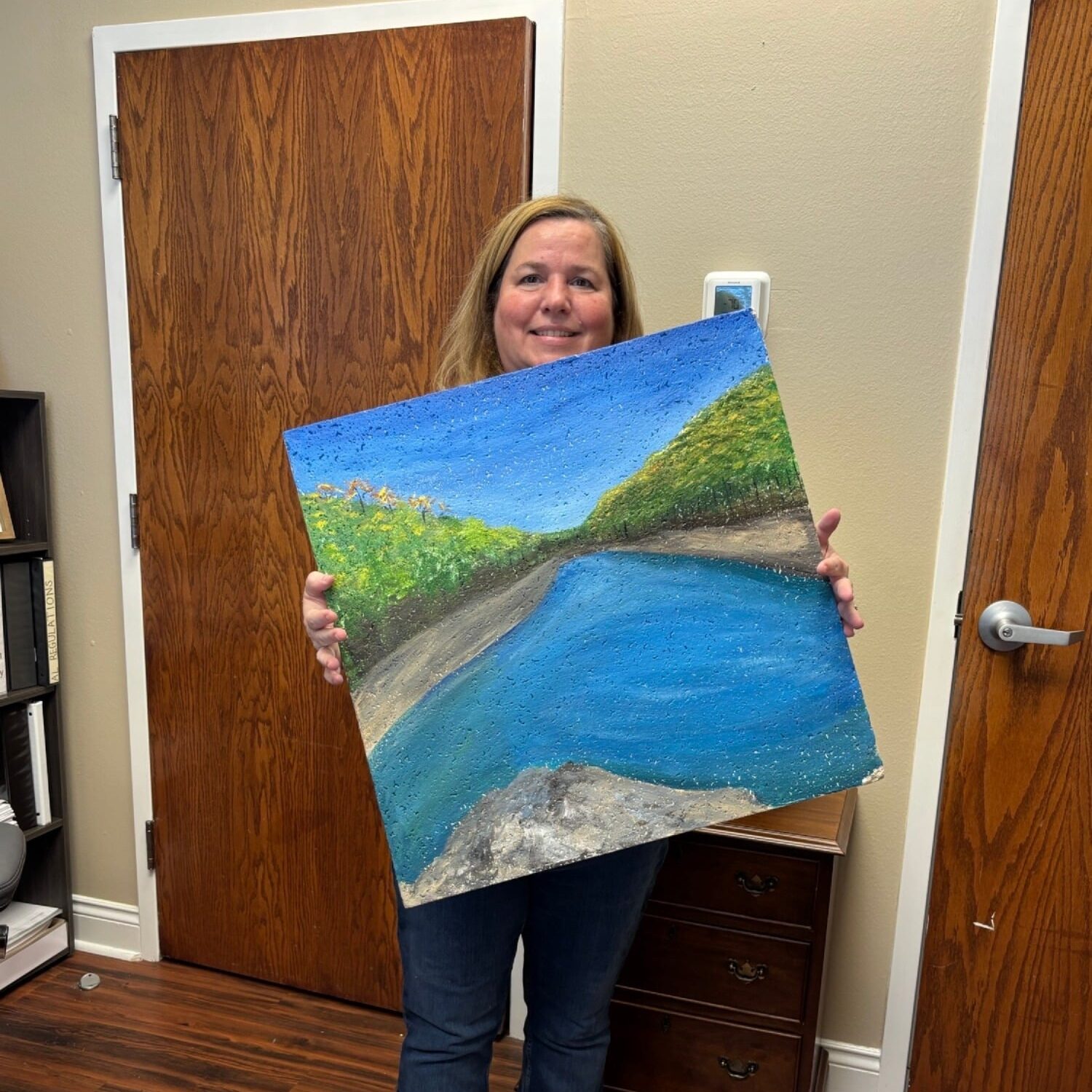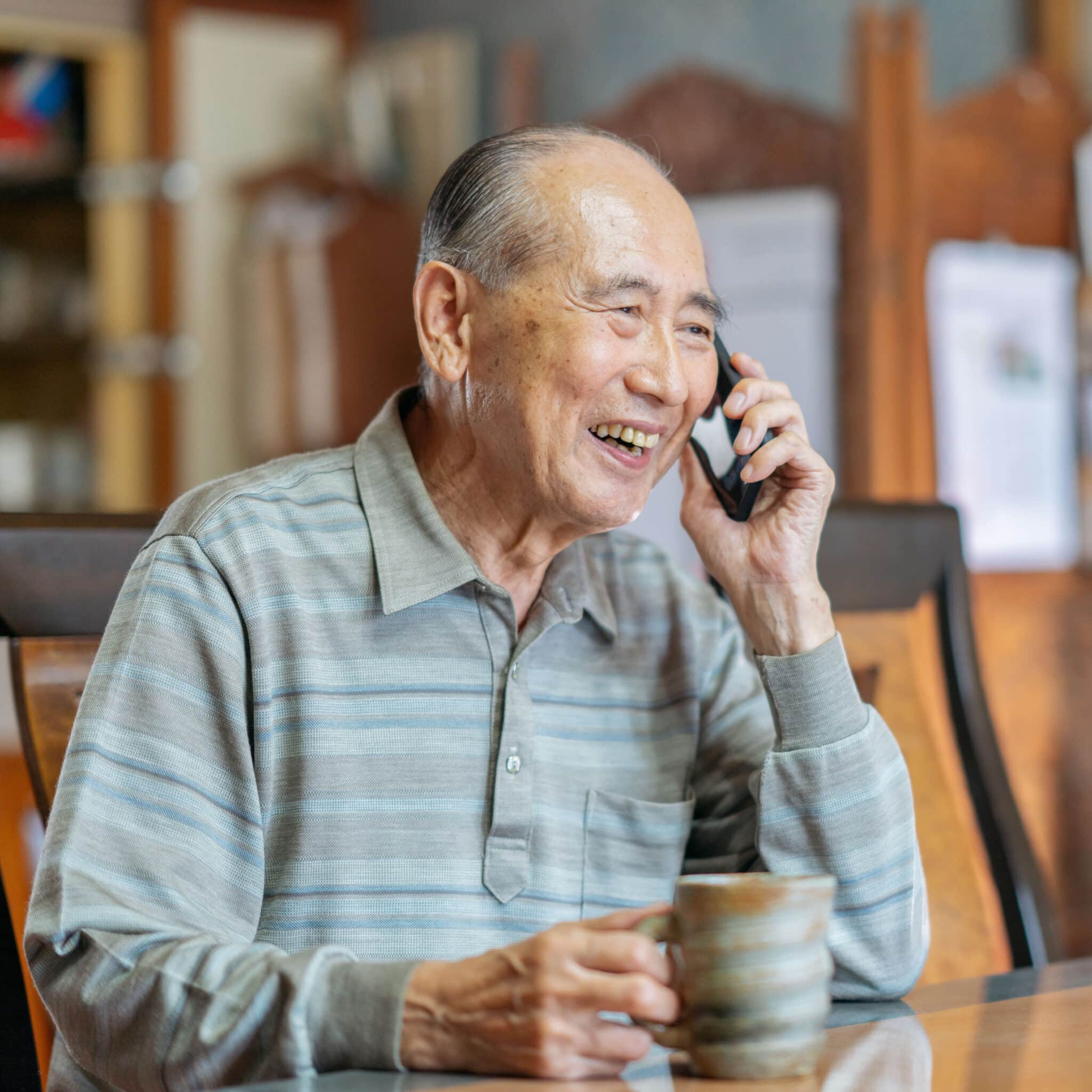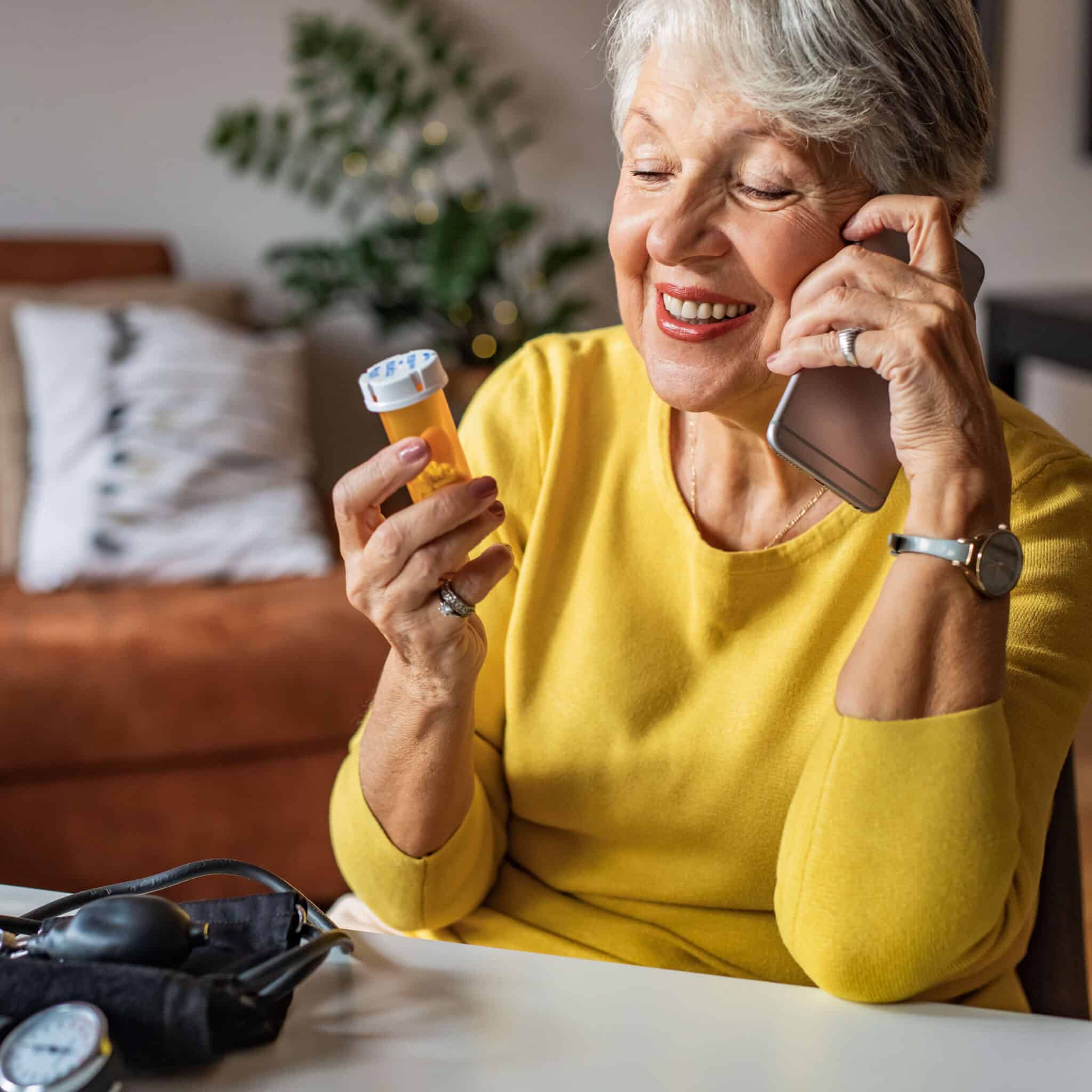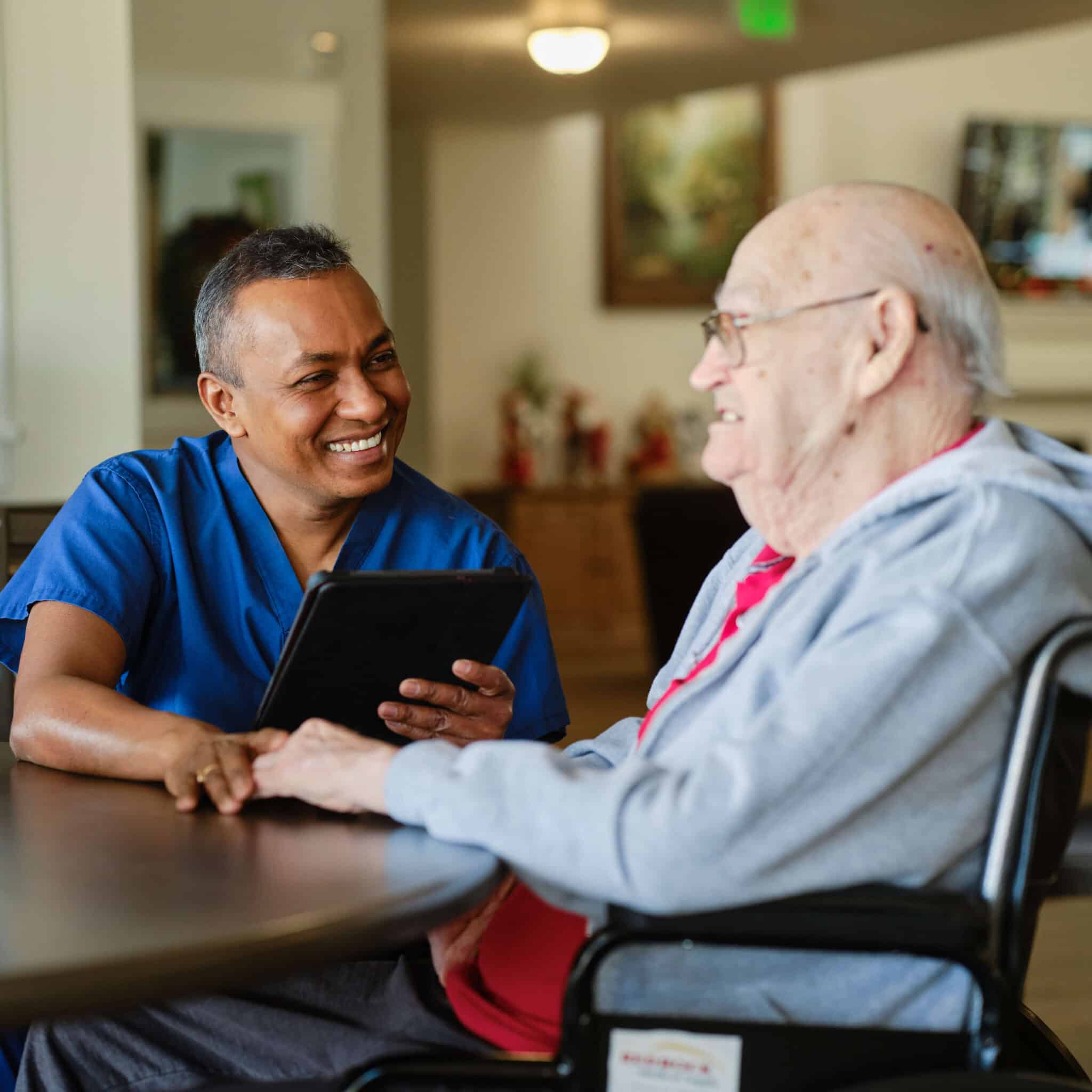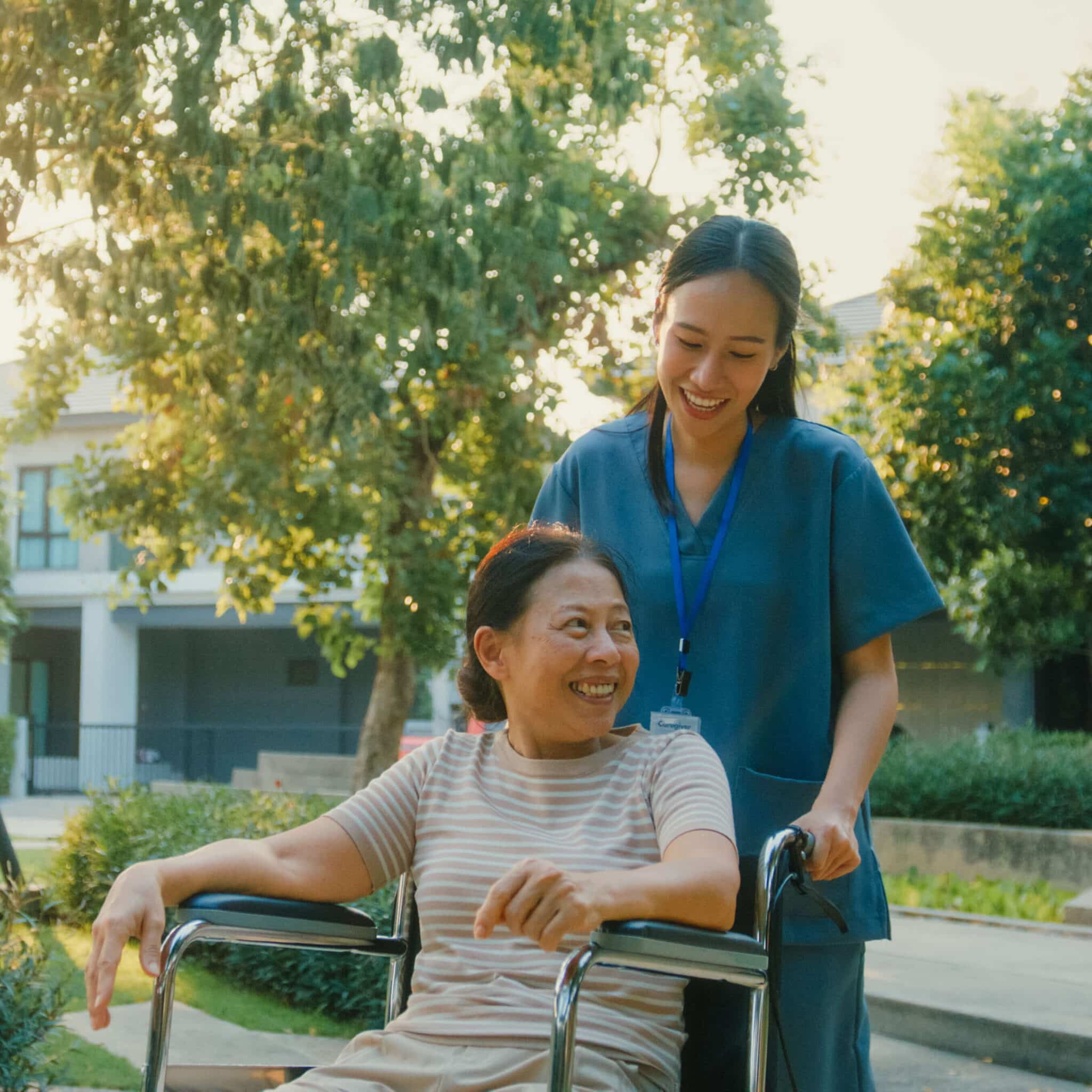Featured | May 5, 2022
Stroke: Know the Signs, Lower Your Risk
May is Stroke Awareness Month. Did you know that stroke is a leading cause of disability in the United States? There’s no better time than now to familiarize yourself with the signs and symptoms of stroke and learn how you can lower your risk.
What is a stroke?
A stroke occurs when a clot blocks or bursts in a blood vessel connected to the brain, depriving the brain of oxygen. As a result, brain cells die. The effects of a stroke depend on where the obstruction occurred and how much brain tissue was damaged. Paralysis, speech and language problems, memory loss, behavior changes and vision issues are all common effects of a stroke.
What are the signs and symptoms of a stroke?
According to the American Stroke Association, everyone should use the acronym F.A.S.T. to recognize symptoms of a potential stroke.
- F = Face Drooping: If the person smiles, does one side droop lower than the other?
- A = Arm Weakness: Is one arm weaker than the other or numb?
- S = Speech Difficulty: Is the person slurring their speech or having trouble speaking?
- T = Time: It’s time to call 911 and seek immediate medical attention. Early stroke treatment can save a life and prevent severe effects.
Some other symptoms to be aware of are confusion, loss of coordination, numbness or weakness on one side of the body, vision problems and headache.
What are the risk factors of a stroke and what can I do to prevent it?
Some risk factors cannot be controlled. Age, family history and personal history of a prior stroke or heart attack increase one’s risk for a stroke.
Fortunately, though, we can manage our health to reduce our overall risk. Quitting smoking and maintaining a healthy weight with a balanced diet and exercise will help prevent stroke and improve your general health. It’s also important to schedule and keep regular doctor appointments for physicals and lab work.
Can one return to normal life after a stroke?
Yes, people can recover from a stroke. Rehabilitation is an important component of recovery that can lead to better outcomes and an improved quality of life. However, each stroke patient’s road to recovery is different.
Elara Caring helps stroke patients recover at home. We offer a diagnosis-specific program that includes speech, physical and occupational therapies, in addition to nursing care, home health aide assistance and social work support. Every patient’s needs are assessed, and an individualized care plan is created to help them reach their goals.
Where can I learn more about stroke and post-stroke rehabilitation?
Learn more about strokes and how you can stay health at stroke.org.
For post-stroke rehab, we suggest contacting your local Elara Caring branch and visiting our website for more information.


